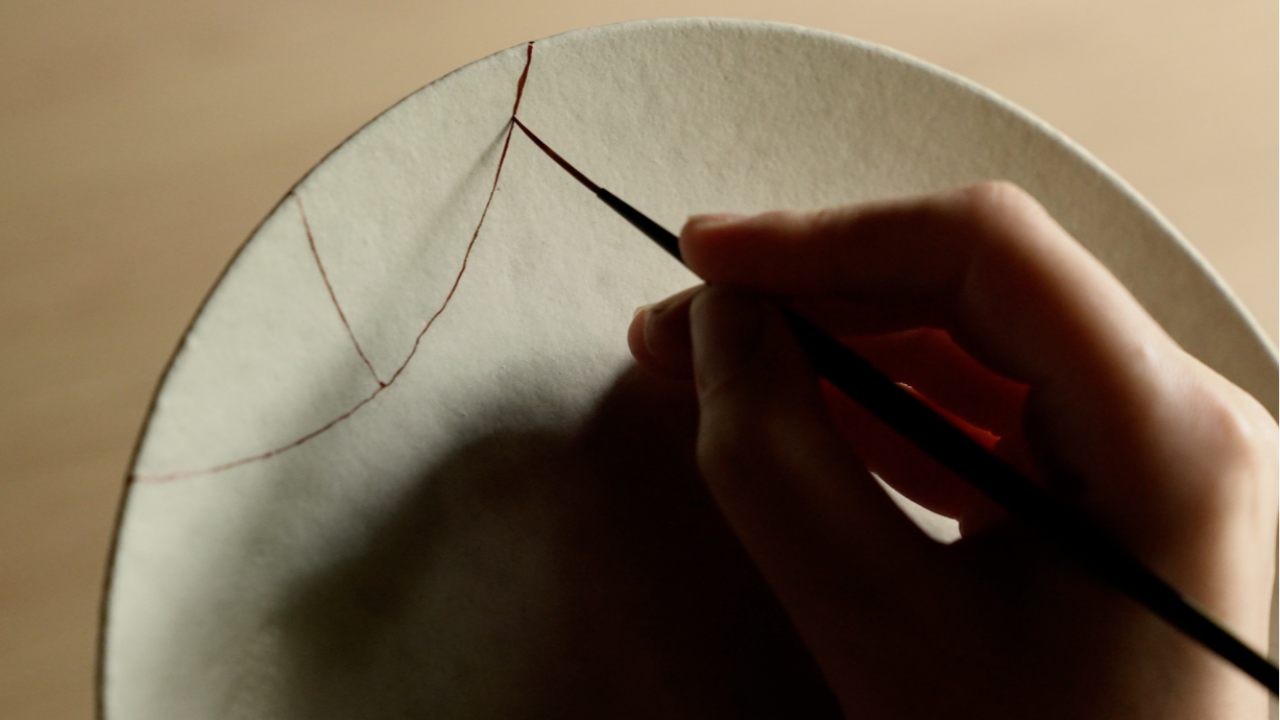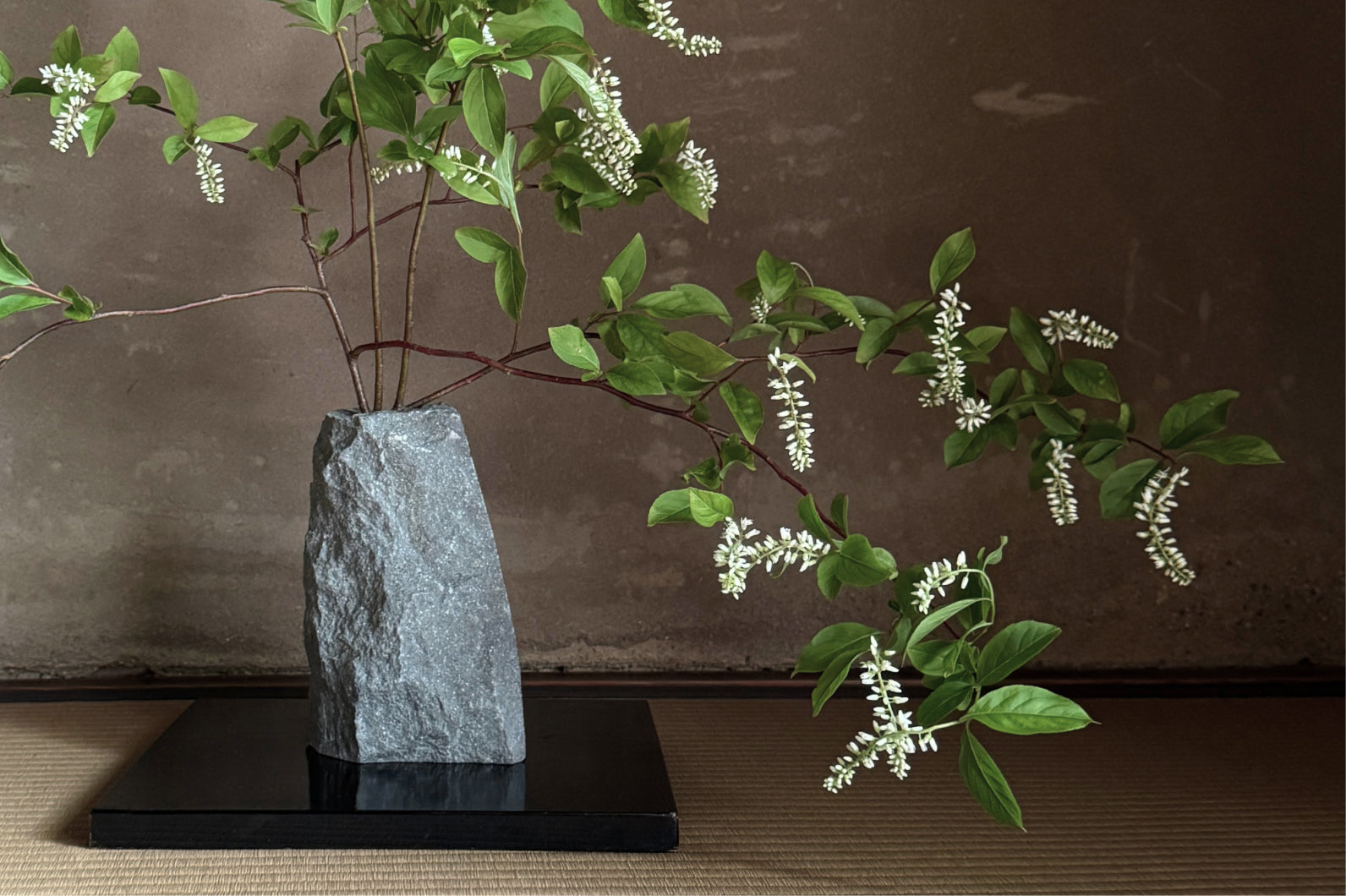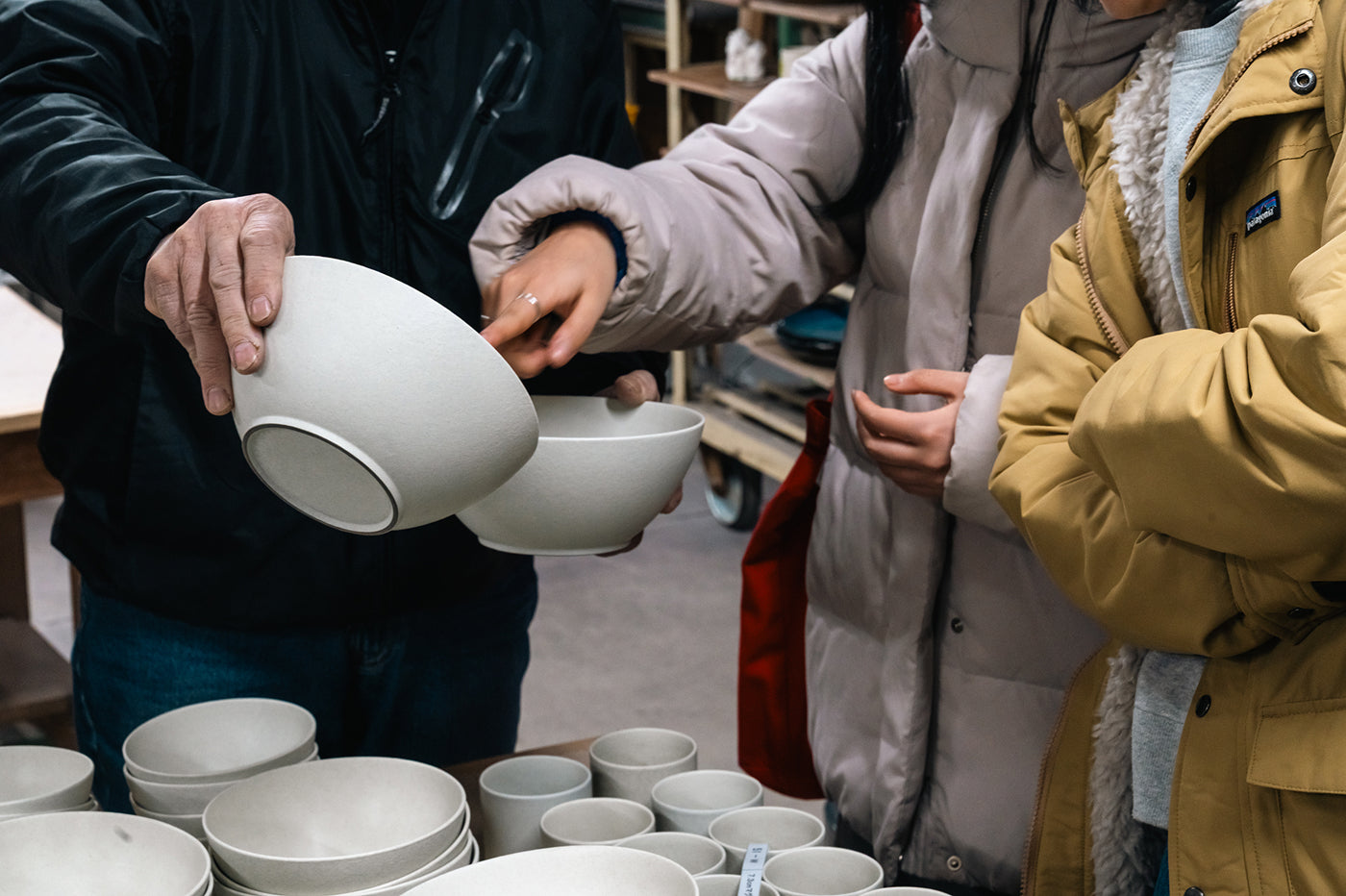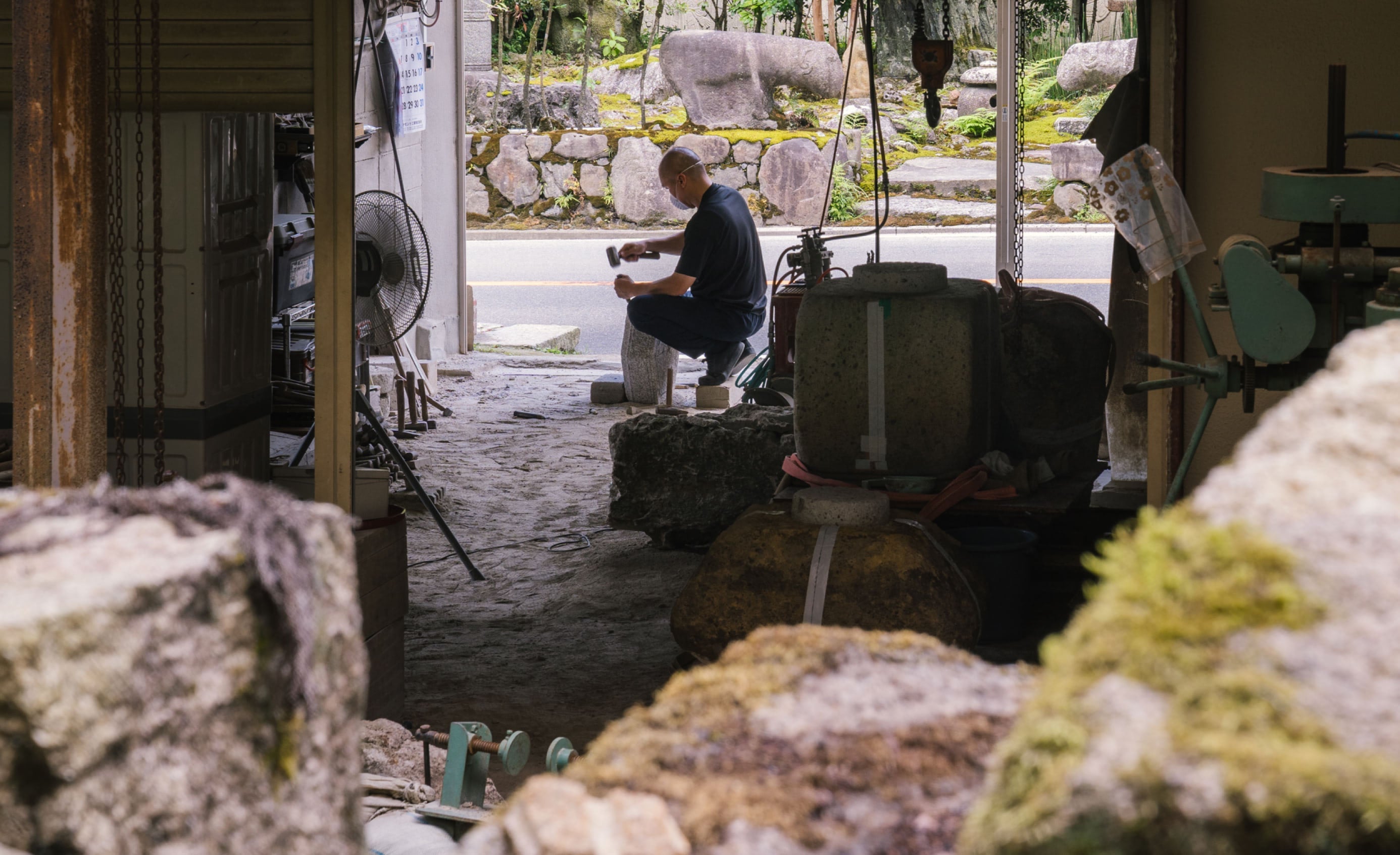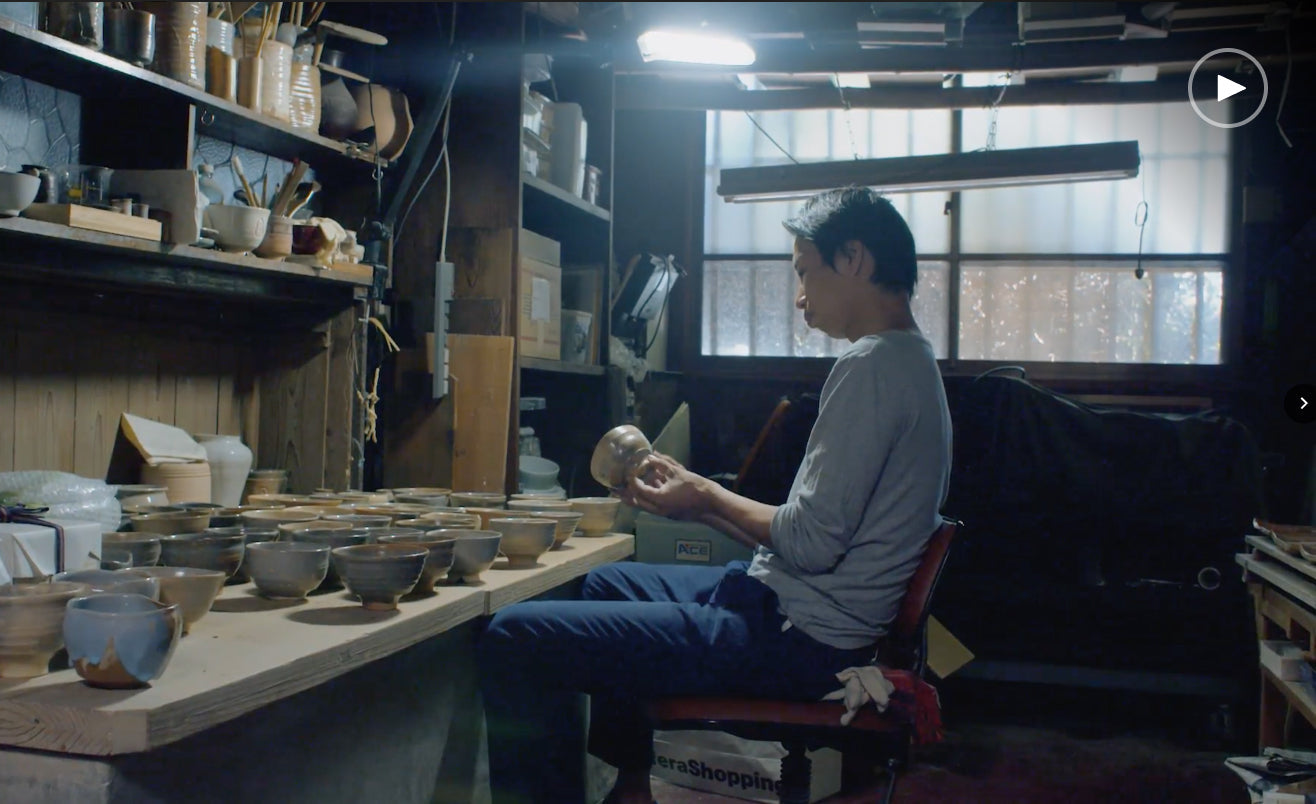As kintsugi gains traction and awareness across the world, it is valuable to note that there are two distinctly different restoration methods. It isn't that one method is good and the other is bad. Or that one is right and the other wrong. Simply, that they are different.
KAN'I-KINTSUGI
The first is what we call kan’i-kintsugi or simplified kintsugi. This is where we often use epoxy or other instant adhesives, mix in a gold colorant, to piece together broken tableware and other vessels. This may be the most common approach to kintsugi-like repair. The advantages of kan’i-kintsugi is that the process is fast, easy, the breakages can be durably-repaired and used nearly straight away, and the technique requires little to no training. Kan’i-kintsugi is a preferred approach for many, especially when repairing glass that repels urushi, or when repairing handles or recreating large missing fragments that are meant to be used quite heavily in the near future. The main disadvantage is that while kintsugi was originally ideated to repair tableware specifically, the finished restoration may not be completely food-safe. Another disadvantage is that instant adhesives become brittle over time and can break rather easily in later years.
HON-KINTSUGI
Hon-kintsugi or true kintsugi uses only traditional natural materials. The primary ingredient being urushi tree sap, which is blended to create mixed-materials to perform the repair.


One of the advantages of hon-kintsugi is that urushi becomes more and more durable over time. In fact, urushi is said to be the most durable 100 years from now. Other advantages include that urushi has natural anti-pest, anti-viral, and anti-bacterial properties.
The disadvantages of hon-kintsugi are that it takes several weeks of curing urushi in between each step of repair, the urushi may not be as durable as epoxy in the early months following repair, and that a notable amount of dedication is required to understand the logic of the restoration process.


To be more accurate however, the kintsugi method is not black and white and instead runs a spectrum. Kan’i-kintsugi includes a method where mugi urushi is replaced with epoxy, and the other layers of repair thereafter use urushi as the main material. This ensures a more food-safe finish as the chemical materials used at the core of repair are sealed with urushi.
Hon-kintsugi is the method we practice and teach at POJ Studio. We choose to champion hon-kintsugi because we prefer the repair to be ultra food-safe, in addition to being an environmentally-responsible method that honors heritage practice.

Ultimately, the preferred restoration method can be bespoke based on the needs of each unique piece. But this educated assessment can only be made by repairers who firstly fully understand hon-kintsugi, and the science and art of urushi.


